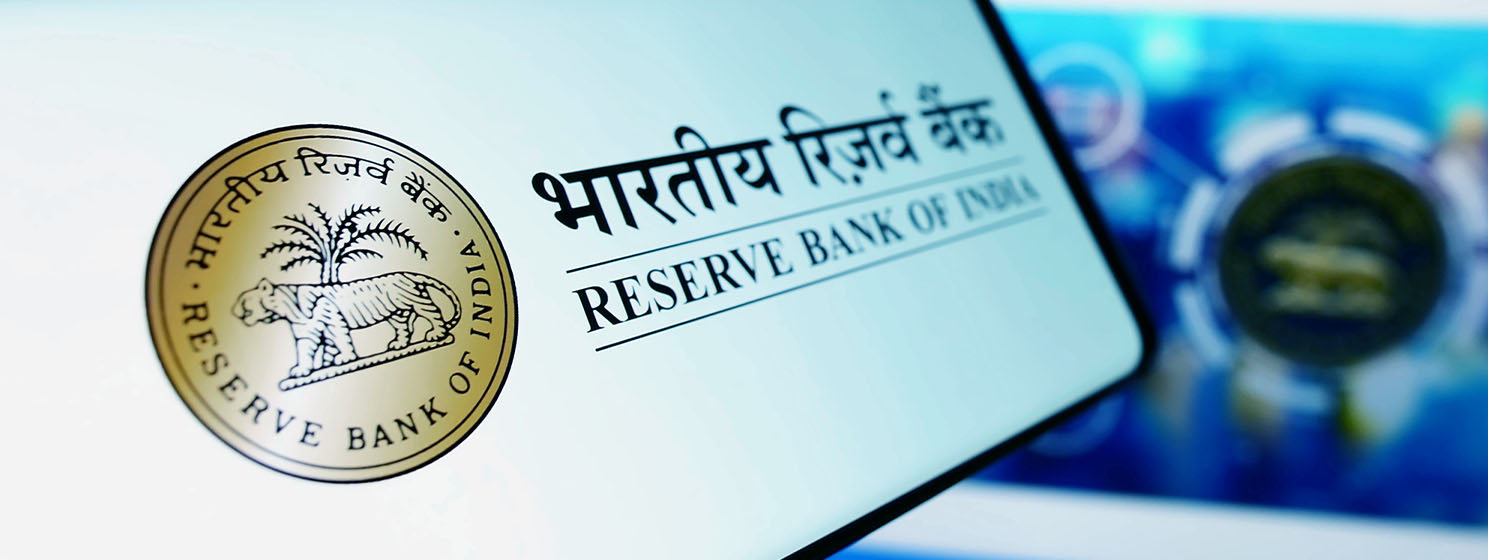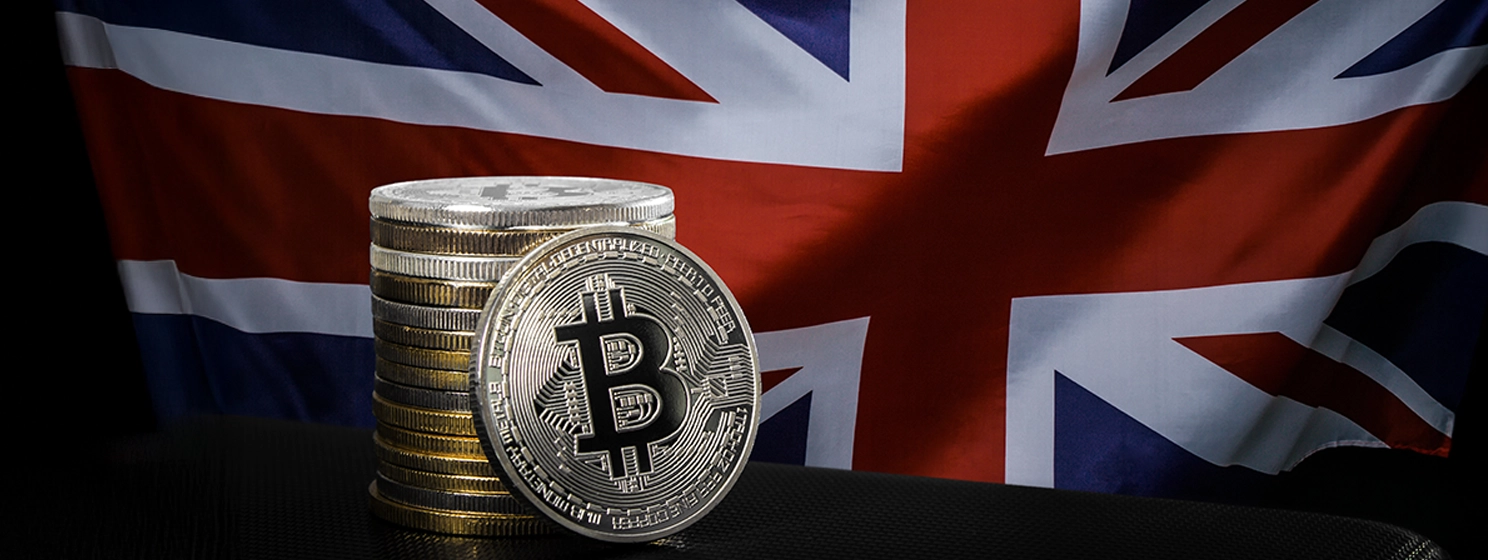|
Getting your Trinity Audio player ready...
|
The Reserve Bank of India (RBI) reported that “tokenization of cards” has gained widespread adoption among consumers within a period of two years, with more than 91 crore (910 million) card-on-file tokens created as of December 31, 2024.
In its latest Payment System Report, released on January 27, the RBI pointed out that tokenization involves replacing actual card details with a unique code, called a “token,” which serves as an identifier for the customer’s card, enabling transactions to be processed. This token is specific to each device (device tokenization) or merchant (card-on-file tokenization), ensuring merchants do not store customers’ actual card information. The process also helps protect card details in the event of a security breach.
The RBI said it authorized device tokenization in January 2019 and card-on-file tokenization (CoFT) in September 2021. Since then, tokenization has seen rapid adoption, with over 91 crore (910 million) tokens issued by December 2024. These tokens have facilitated more than 320 crore (3.2 billion) transactions.
RBI’s report stated that using tokens for e-commerce transactions has eliminated the need for merchants and payment aggregators to store card data, resulting in almost 98% of e-commerce transactions being processed without using actual card details.
Building on the success of tokenization, several new features have been introduced to enhance customer convenience. These improvements allow customers to simultaneously tokenize their cards across multiple leading merchants with their consent.
“Over the past few years, digital payments in India have witnessed a phenomenal growth buoyed by the spectacular progress of Unified Payments Interface (UPI) and the plethora of digital payment options available,” T. Rabi Sankar, Deputy Governor of RBI, said in the foreword of the Payment System Report.
Digital payments in India have experienced a five-year compound annual growth rate (CAGR) of 45.9% in volume and 10.2% in value. Specifically, UPI saw a CAGR of 74% in volume and 68.14% in value from 2019 to 2024.
“Retail digital payments in India have grown from 162 crore (1.6 billion) transactions in the financial year 2012-13 to over 16,416 crore transactions in the financial year 2023-24 [which is] approximately 100-fold increase over 12 years. The remarkable growth in payment infrastructure and payment performance is also apparent in the Digital Payment Index published by RBI, which has witnessed more than four-fold rise in the last six years,” Sankar pointed out.
In the evolution of the payments ecosystem, the RBI has placed equal emphasis on ensuring its safety and security, as well as safeguarding consumers, Sankar said. Measures like two-factor authentication for payment security have been encouraged, even though such practices are not yet mandatory in many developed countries.
Cross-border payments still expensive, slow
While domestic payment systems have become cheap and fast, cross-border payments remain expensive and slow.
“The Reserve Bank is focusing on interlinking the fast payment systems (FPS) with that of other countries to offer a seamless and less-costly cross-border payment experience,” Sankar stated.
This mechanism and methodology of addressing the challenges in enhancing cross-border payments—such as high cost, low speed, limited access and limited transparency—has also been recognized by the international standard-setting bodies, like the Financial Stability Board (FSB), Committee on Payments and Market Infrastructures (CPMI), and others.
“The Unified Payments Interface (UPI) of India and PayNow of Singapore were interlinked through extensive collaboration between the RBI and Monetary Authority of Singapore. Recent data shows that the cost of sending a remittance has come down noticeably,” Sankar added.
Additionally, the RBI has become part of Project Nexus, a global initiative to facilitate instant cross-border retail payments by connecting domestic fast payment systems across various countries. Payments to merchants through Indian UPI apps using QR codes have been enabled in countries such as Bhutan, France, Mauritius, Nepal, Singapore, Sri Lanka, and the UAE.
According to World Bank data cited in its report, the RBI stated that India continues to be the leading recipient of global foreign remittances, receiving a record $129 billion in 2024 (estimated), nearly twice as much as Mexico, which came second with $68 billion. This highlights India’s prominent role in the global remittance market, primarily supported by its extensive diaspora, which contributes significantly to foreign exchange reserves and economic stability.
Regarding remittance outflows, the United States remains the top sender globally, with $93 billion sent in 2023, far surpassing other countries such as Saudi Arabia and Switzerland, each sending about $38 billion. The United Arab Emirates also ranks highly in remittance outflows, maintaining its status as a major sender.
UPI driving digital payment growth
“UPI has propelled India to the forefront in the provision of digital payment solutions as ‘public good’. This public good approach has the potential to be adopted by other economies, whatever stage of development they are at,” RBI’s report said.
“UPI and its features bear lessons on democratisation of the payment system to the smallest value and penetration of digital payments to previously unreached segments,” the report added.
UPI has played a pivotal role in driving the growth of digital payments in India. Its share of digital payment volume skyrocketed from 34% in 2019 to a remarkable 83% in 2024, reflecting a compound annual growth rate (CAGR) of 74% over five years. In comparison, the share of other payment systems, such as RTGS, NEFT, IMPS, credit cards, and debit cards, dropped from 66% to 17% during the same timeframe.
According to the RBI report, UPI Person-to-Merchant (P2M) transaction volumes have notably surpassed Person-to-Person (P2P) transactions, reflecting a rise in merchant adoption and the growth of supporting infrastructure.
UPI Lite for low-value transactions and UPI Lite X for offline payments have been launched, expanding access and enhancing convenience.
“When it comes to payment systems, the Reserve Bank has always endeavoured to stay ahead of the curve… Fuelled by innovation and regulatory support, our payment systems have become one of the most modern across the globe,” Sankar added.
Watch: Tim Draper talks tokenization with Kurt Wuckert Jr.

 12-22-2025
12-22-2025 




